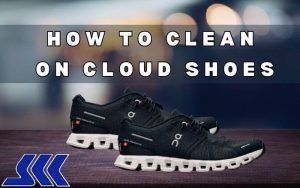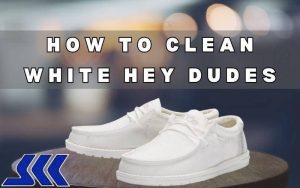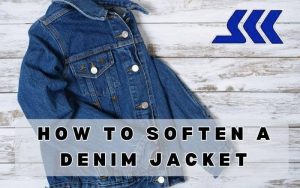An outsole is one of the most vital parts of a shoe, yet it is often overlooked. The material of the outsole is an essential factor that determines the shoe’s durability, comfort, and suitability for various conditions.
In this article, we delve into the meaning of TPR outsole and why it is a popular choice for footwear manufacturers, offering insights inspired by the fashion expertise we’ve gained at Outfitoza.
What is TPR Outsole?
Thermoplastic rubber (TPR) belongs to a special group of synthetic rubbers. What sets it apart is that it can be molded into different shapes using heat and pressure. For example, this is done via injection molding, compression molding, and blow molding. Normally, other synthetic rubbers, like butyl, can’t be molded this way.
Additionally, TPR is used in making things that need a material that’s flexible, strong, and has a good grip. It’s also used when the shape of the product is quite complex, and so requires processes like injection or blow molding. TPR is tough, resists chemicals well, and can handle repeated stress without failing.
Moreover, TPR is made from SBS or Styrene Butadiene Styrene. SBS is what’s known as a block copolymer. To make TPR, a process called living anionic polymerization is used. This process turns two building blocks, or monomers, called butadiene and styrene, into SBS.
Benefits of TPR Outsole
TPR outsoles combine the advantageous qualities of rubber and plastic, resulting in a versatile and durable sole material. When you’re in the process of deciding how to choose sneakers or any other kind of footwear, the benefits of a TPR outsole can significantly impact your decision. Let’s delve into the benefits in more detail:
Durability
When you’re shopping for shoes, one of the top things to look for is how long they’ll last. You want a pair that can handle everything from your everyday routine to tougher challenges like hiking trails or long runs.
That’s where TPR outsoles come in. These soles are made from a blend of rubber and plastic, two materials known for their toughness.
And what’s even better, these outsoles don’t wear out quickly, even after you’ve put miles on them. They continue to offer excellent grip, so you’re not sliding around, and they stay comfortable, which is crucial no matter what kind of shoes you’re wearing.
Moreover, this material can endure a wide range of conditions, from rough terrain to repeated impact from running or jumping, without significant wear and tear. So, when you want shoes that will last, TPR outsoles are the best choice.
Flexibility
Another critical factor when choosing footwear is flexibility. A flexible shoe can adapt to your foot’s movements, providing comfort and reducing the risk of injuries such as blisters or strains.
Despite its impressive strength and durability, TPR outsoles don’t compromise on flexibility. The material can bend and flex comfortably with the foot’s natural movements, contributing to a better fit and enhanced comfort. Even under extreme conditions, TPR maintains its flexibility, reducing the probability of cracks or breaks in the sole.
The flexible nature of TPR outsoles also allows for a more diverse design. So, you can choose any shapes and patterns that depend on your needs and styles.
Whether you’re running a marathon, trekking across rugged terrain, or in the urban jungle, shoes with flexible TPR outsoles can make your journey more comfortable and enjoyable.
Weather resistance
When it comes to choosing shoes, how they handle different weather conditions is a crucial consideration.
So, with TPR, whether it’s a hot summer’s day or a cold winter morning, these outsoles maintain their integrity and functionality. They do not crack in freezing conditions nor do they soften excessively under high temperatures. So this makes them a reliable all-weather choice.
In wet conditions, TPR outsoles display a remarkable grip, reducing the risk of slipping and potential injuries. So, everyone typically chooses this type for outdoor activities such as hiking or used in damp environments (work boots ).
Additionally, TPR outsoles are resistant to water and most oil-based substances, preventing damage and ensuring the longevity of your shoes. Whether you encounter a sudden downpour during a run or stumble upon an oil slick, shoes with TPR outsoles can help you navigate confidently and safely.
Read more: I Washed Leather With Soap Now Is Sticky: 3 Used Methods
Different Types of Soles Used
Apart from TPR, many other materials are used to make outsoles. Let’s have a brief look at some of them:
Leather
These types are used in premium and formal shoes like oxfords, loafers, and dress boots. They offer a sleek appearance, contributing to the overall aesthetics of high-end footwear.
Moreover, leather soles also have breathability. So, they will help reduce sweat accumulation and keep feet dry and comfortable. However, they tend to be less durable when exposed to wet and harsh weather conditions compared to other outsole materials.
Despite this, their unique feel and classy look keep them a popular choice for high-end, formal footwear.
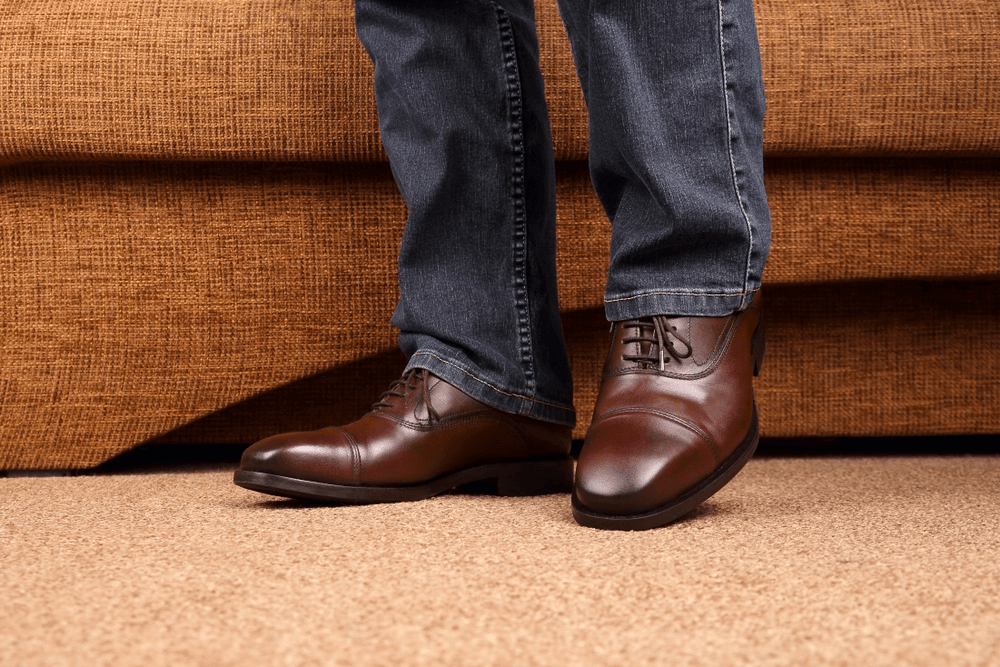
Rubber
Rubber soles are very adaptable. You can find them on different types of shoes, from sneakers to boots made for hiking or work. They’re a top pick for sports shoes because they have a great grip and can absorb shocks well.
Furthermore, these soles help to prevent slipping, offering you stability and safety on different kinds of surfaces. Therefore, if you are seeking outdoor sports or work boots, this will be the perfect choice. Plus, they can reduce the impact on your foot during high-energy activities like running or leaping.
Even though they might be a bit heavier than other sole materials, the extra comfort and safety they offer make rubber soles a popular choice for many kinds of shoes.
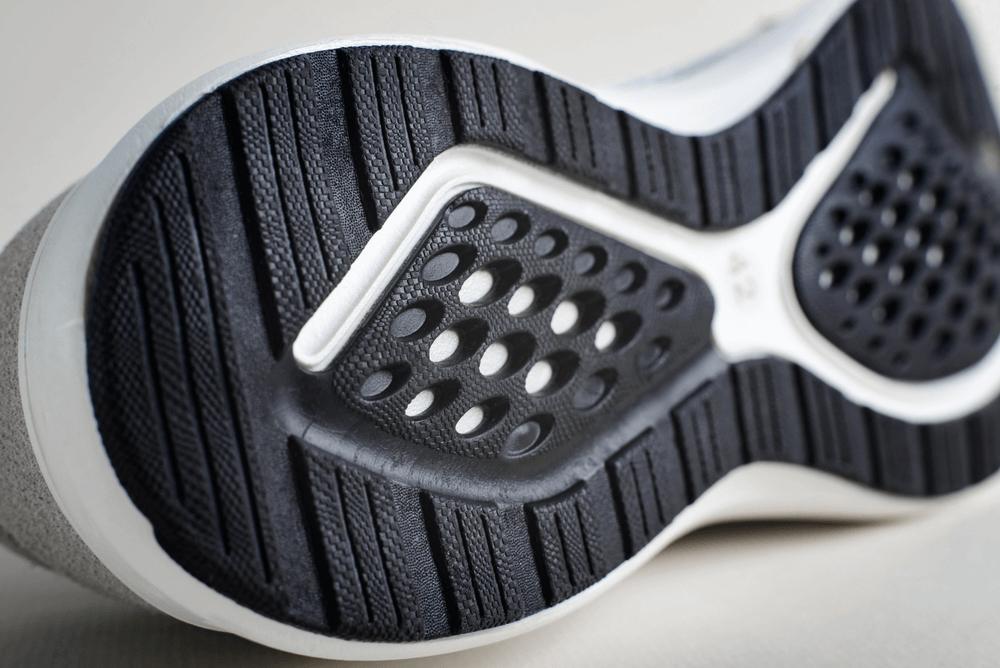
Cork
Cork soles might not be as common as rubber or leather soles, but they have special qualities that make them a top choice for certain kinds of shoes. You’ll often see them in sandals, clogs, and some casual shoes.
One of the great things about cork is that it’s a light material, so it’s comfortable to wear for a long time. Moreover, it helps keep your feet warm when it’s cold and cool when it’s hot.
But they have some downsides you can consider when buying. For example, they don’t last as long as stronger materials like TPR or rubber, especially when they’re worn on rough surfaces. They also need a bit more care to keep them in good shape.
PVC
This material is more commonly known as PVC. Normally, shoes with PVC soles are typically less expensive, making them a popular choice.
However, while they are affordable, they can be quite rigid, which may lead to discomfort during prolonged wear. Furthermore, they’re not as resistant to wear and tear, meaning they may not last as long under heavy use.
They typically can be found in a range of inexpensive footwear, including sandals, casual shoes, and some work shoes.
Commando
Primarily, you’ll spot commando soles on two types of footwear: hiking boots and work boots. Their unique design makes them stand out. These soles provide exceptional grip and are ideal for braving harsh conditions, but they do come with a bit of extra weight.
While they can be suitable for casual outfits, they aren’t usually the go-to choice for more formal styles. One downside to commando soles is that over time, they tend to deteriorate, develop cracks, and become stiffer. Moreover, they seem to be magnet-like, attracting all kinds of debris. Hence, if you’ve been out and about in these boots all day, cleaning the soles before crossing your doorstep might be a good idea.
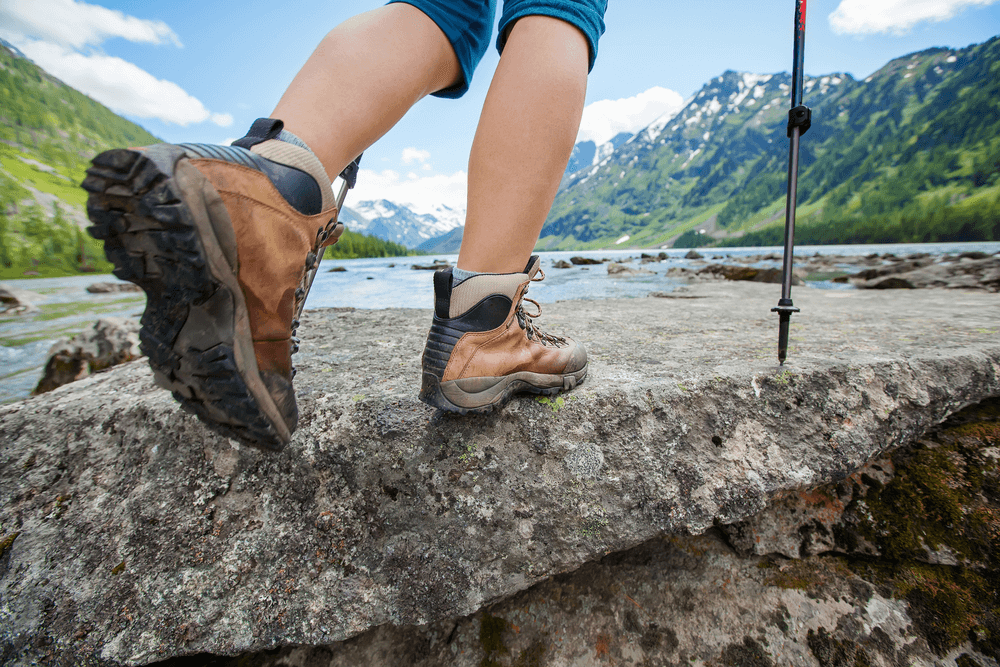
EVA
For EVA, it’s no surprise that they’re a favorite. Here are a few more reasons why people can’t stop raving about EVA soles:
- Elasticity: They move as you move, adapting to your foot’s natural motion.
- Lightweight: Walking feels as effortless as walking on clouds.
- Colorful: Available in a spectrum of stunning colors to suit every style.
- Flexible: They bend and flex, ensuring your foot never feels constricted.
- Perfect for everyday wear: Whether it’s a quick run to the store or a full day of sightseeing, EVA soles are ready for it all.
Comparing TPR Outsoles with Other Types
Shoe outsoles come in a variety of materials, each with its own advantages and disadvantages. Here, we compare TPR with some popular options:
TPR vs PVC
Polyvinyl Chloride (PVC) is another material commonly used for outsoles, primarily due to its lower cost. But when we compare it to TPR, there are some notable differences.
PVC outsoles, while affordable, can lack flexibility compared to TPR outsoles. So, when you wear PVC shoes, you will feel stiff and uncomfortable, especially when worn for a long time. Besides, TPR offers a balanced blend of flexibility and strength, contributing to improved comfort during wear. Additionally, Shoes with PVC soles may wear out faster, leading to quicker replacement needs.
TPR vs Rubber
Rubber is a traditional material for shoe outsoles, known for its excellent shock absorption and grip. However, one of its downsides is weight. Rubber outsoles tend to be heavier than those made of TPR. This can lead to increased foot fatigue, especially during prolonged wear or vigorous activities.
Additionally, TPR outsoles, while offering similar benefits in terms of shock absorption and grip. They also come with the added advantage of lighter weight. So, you are so comfortable when you wear them for long durations, whether you’re engaging in physical activities or simply going about your day.
TPR vs Leather
Leather outsoles bring a touch of luxury to footwear, offering a high-end look and feel that is often favored in formal and premium shoes. However, when it comes to durability and weather resistance, leather doesn’t quite match up to TPR.
Normally, leather outsoles can wear out faster, especially when exposed to harsh weather conditions. They are also not as resistant to water as TPR outsoles, which can lead to damage and decreased lifespan. In addition, leather soles require more care and maintenance to keep them in good condition.
In summary, while TPR may not offer the same premium aesthetics as leather, their practical benefits make them a more cost-effective and reliable choice for a wide range of footwear.
Read more: How to Get Wrinkles Out of Leather: Simple Steps to Success
Conclusion
The TPR outsole represents a powerful blend of flexibility, durability, and weather resistance, making it a popular choice in the footwear industry. It stands up well compared to other common outsole materials, striking a balance between performance and cost. So next time you’re in the market for new shoes, consider the TPR outsole as a worthy contender for your feet.
FAQs
- Which is superior, a TPR or a rubber sole?
Thermoplastic rubber (TPR), a commonly used material for injecting soles, is considered superior to PVC rubber at Poyter. This is because a TPR sole is lighter and more flexible than a PVC one. Additionally, TPR can withstand harsh weather conditions more effectively, offering greater durability.
- Which type of sole is ideal for foot pain?
If you're suffering from discomfort due to flat feet, consider trying the Star Foot Sole Power Insoles. These insoles are constructed from top-notch, medical-grade EVA foam. So, they are suitable for regular use and are designed to provide pain relief.
- What type of sole is most effective for snowy weather?
When it comes to walking on icy paths, shoes with plastic or leather soles might not serve you well. Instead, consider boots with a substantial tread. The deep lugs and patterns on their soles can offer extra grip on slippery surfaces.
Author bio:
Naava Xin is the CEO and Founder of Outfitoza. Naava is a fashion destination for your style. She worked in the garment sector for 15 years, and she has helped hundreds of fashionistas who love to shop and want to learn more about fashion.

